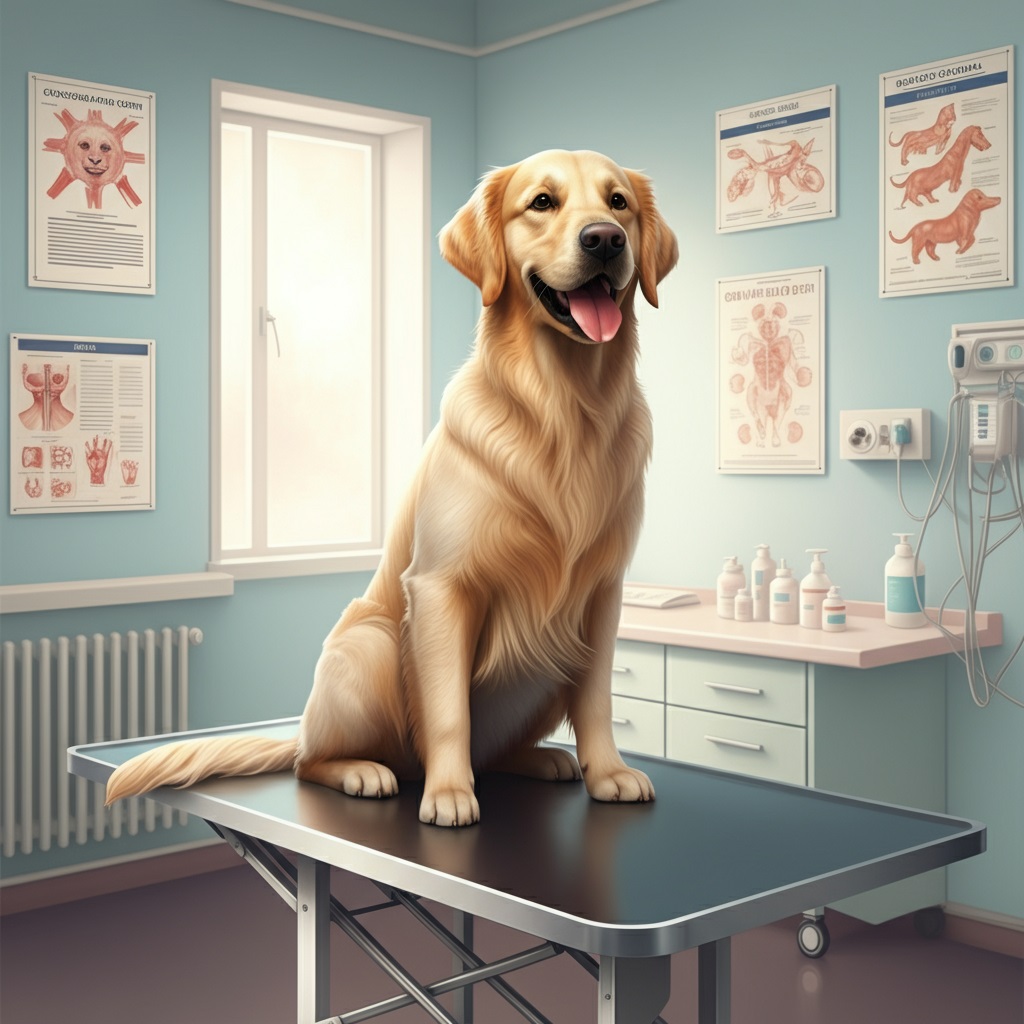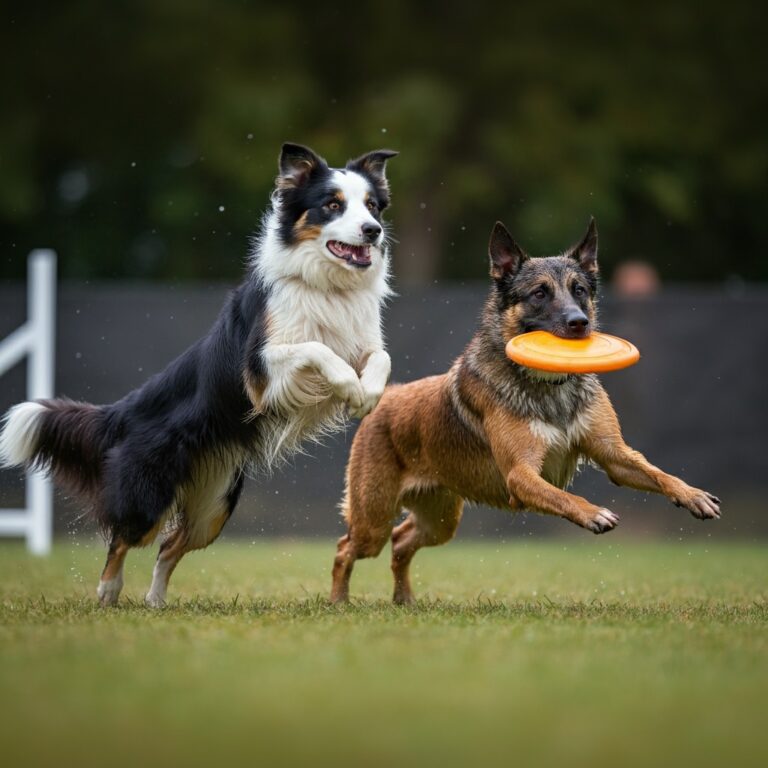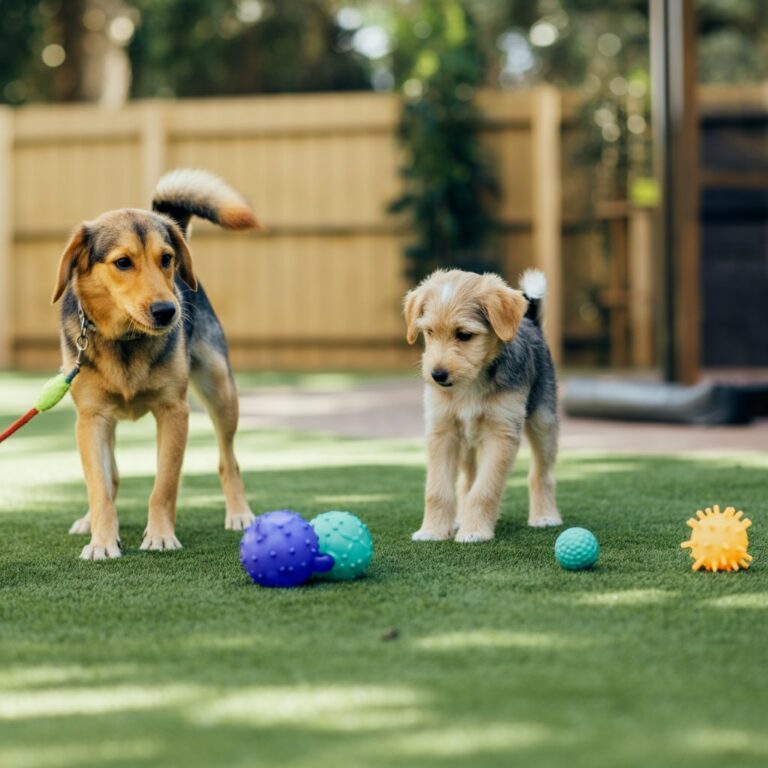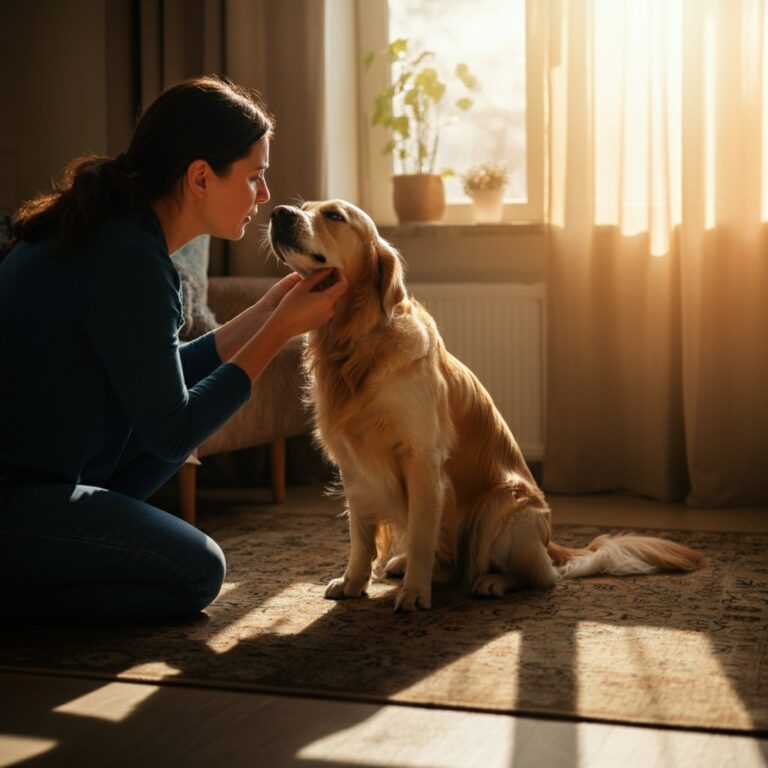
Taking your dog to the vet is essential for their health and well-being, but it can sometimes be a stressful experience—for both you and your furry friend. The unfamiliar smells, strange surroundings, and interactions with strangers can make even the calmest dog feel uneasy. However, with the right preparation, you can help your dog feel more comfortable and ensure a smoother vet visit.
This guide will provide actionable tips to help you prepare your dog for vet visits, reduce stress, and build a positive association with the vet. Whether you’re a first-time dog owner or a seasoned pet parent, these tips will make your next visit much easier.
The Importance of Preparing Your Dog
A trip to the vet shouldn’t be traumatic for your dog. Proper preparation isn’t just about reducing stress; it also ensures your vet can do their job effectively. A calm and well-prepared dog allows for quicker examinations, accurate diagnoses, and smoother treatments. Plus, when your dog associates the vet with positive experiences, future visits are far less stressful.
Know Your Dog’s Triggers
Before your dog’s vet visit, consider what might make them anxious. Is it car rides, being handled by strangers, or the presence of other animals? Understanding these triggers can help you address them proactively.
Common Triggers and Solutions
- Travel Anxiety
If your dog gets anxious in the car, start by taking short, positive car rides that don’t lead to the vet. Reward them with treats or playtime after each ride.
- Fear of Handling
Some dogs dislike being touched in certain areas. Practice gently handling their paws, ears, and mouth at home while offering praise or treats.
- Stranger Anxiety
If your dog is wary of strangers, expose them to new people in controlled environments. Positive reinforcement will help them feel more comfortable.
Desensitize Your Dog to Familiarize Them with Vet Visits
Desensitization involves gradually exposing your dog to experiences they might encounter during a vet visit. This helps them become familiar with these situations and reduces fear over time.
At-Home Desensitization Tips
- Practice Being Examined
Mimic the types of handling that occur during a vet examination. Check their ears, lift their paws, or gently open their mouth. Pair each action with a reward.
- Introduce a Carrier or Leash
If your dog will be in a carrier or on a leash at the vet, get them used to it at home. Allow them to explore the carrier and create positive associations using toys or treats.
- Visit the Vet for Fun
Make non-appointment visits to the vet clinic, where your dog can meet staff or explore the reception area. These visits help build a positive connection with the location.
Use Treats and Positive Reinforcement
Dogs thrive on positive associations. Use your dog’s favorite treats, toys, or verbal praise to reward them for calm behavior.
How to Use Rewards:
- Before the Visit
Reward your dog for getting into the car calmly.
- During the Visit
Offer treats while they’re being examined to distract and soothe them.
- After the Visit
End the trip on a positive note with a reward. This helps build a positive memory associated with the vet.
Continues after advertising
Prepare Yourself for the Visit
Your dog picks up on your emotions. If you’re anxious, they’re more likely to feel the same way. Stay calm and positive to reassure your dog.
Tips for Staying Calm:
- Plan ahead by scheduling appointments during quieter times.
- Bring all necessary paperwork, such as vaccination records.
- Allow extra time to avoid feeling rushed.
Bring Comfort Items
Familiar items can help put your dog at ease in an unfamiliar environment. Bring their favorite blanket, toy, or even a piece of clothing that smells like you to help them feel secure.
Examples of Comfort Items:
- A worn T-shirt with your scent
- A soft blanket from their bed
- A favorite chew toy
Choose the Right Vet
Not all vet clinics are the same. Choosing a vet who is experienced with dogs and takes a compassionate approach can make a world of difference.
What to Look For in a Vet:
- Experience
A vet who specializes in dogs or has experience with anxious pets is a big plus.
- Friendly Staff
Staff members who are patient and attentive can help make the visit more pleasant.
- Fear-Free Clinics
Some clinics specialize in fear-free practices, designed to reduce stress and anxiety for pets.
What to Do on the Day of the Visit
The day of the appointment can be stressful, but proper planning can make it easier.
Pre-Appointment Checklist:
- Exercise Your Dog
A tired dog is often a calmer dog. Take them for a walk or engage them in play before the visit.
- Avoid Feeding Right Before
Don’t feed your dog a large meal right before the appointment. However, bring small treats to reward them during the visit.
- Arrive Early
Arriving a few minutes ahead of schedule allows your dog time to acclimate to the clinic environment.
After the Vet Visit
What happens after the vet visit is just as important as the preparation. Reinforce good behavior by rewarding your dog and spend some quality time together.
Aftercare Tips:
- Offer their favorite treat or meal as a reward.
- If they experienced any anxiety, spend extra time playing with or cuddling them to reassure them.
- Monitor their behavior for any side effects if they received vaccines or treatments.
Building a Positive Relationship with the Vet
Consistency is key. The more positive experiences your dog has at the vet, the less stressful future visits will be. With each appointment, your dog will become more familiar with the process and more comfortable in the environment.
Read More👉 Managing Cat Behavior Tips for a Happy Home
Caring for Your Dog’s Well-Being
Ultimately, vet visits are an essential part of keeping your dog healthy and happy. By preparing in advance, understanding your dog’s needs, and creating positive experiences, you set them up for a lifetime of stress-free visits.
For tailored advice specific to your dog’s needs, reach out to your veterinarian or consult a professional dog trainer.






